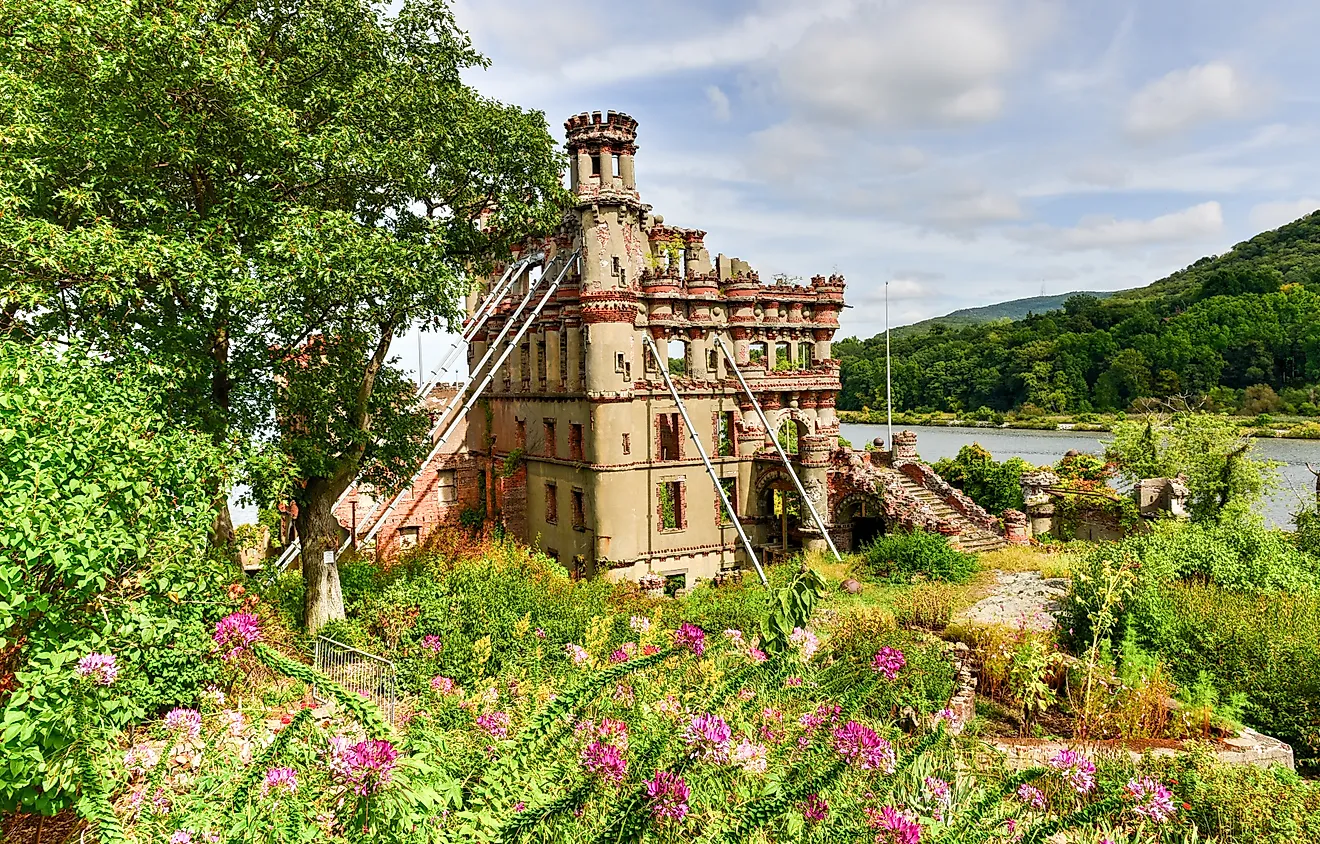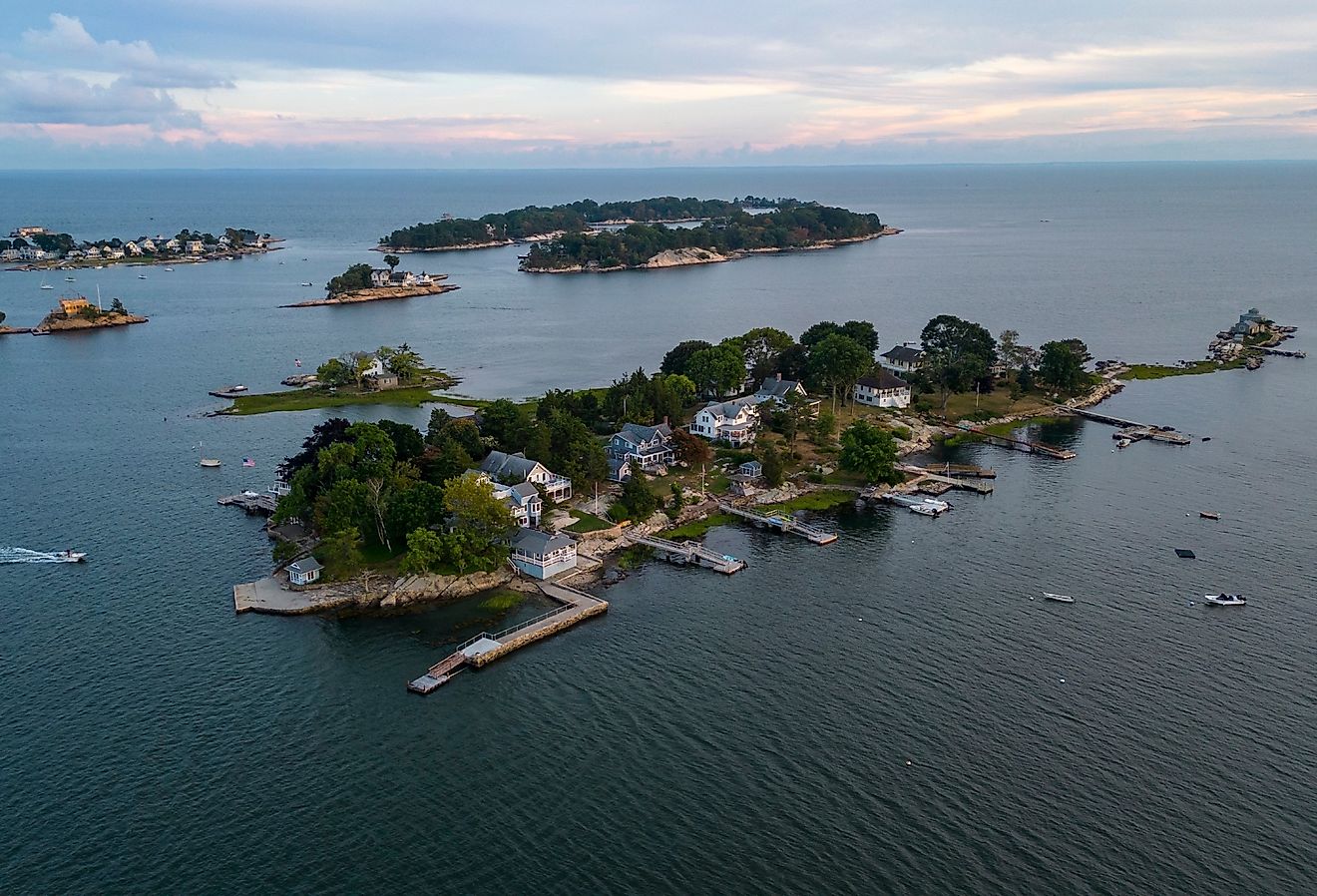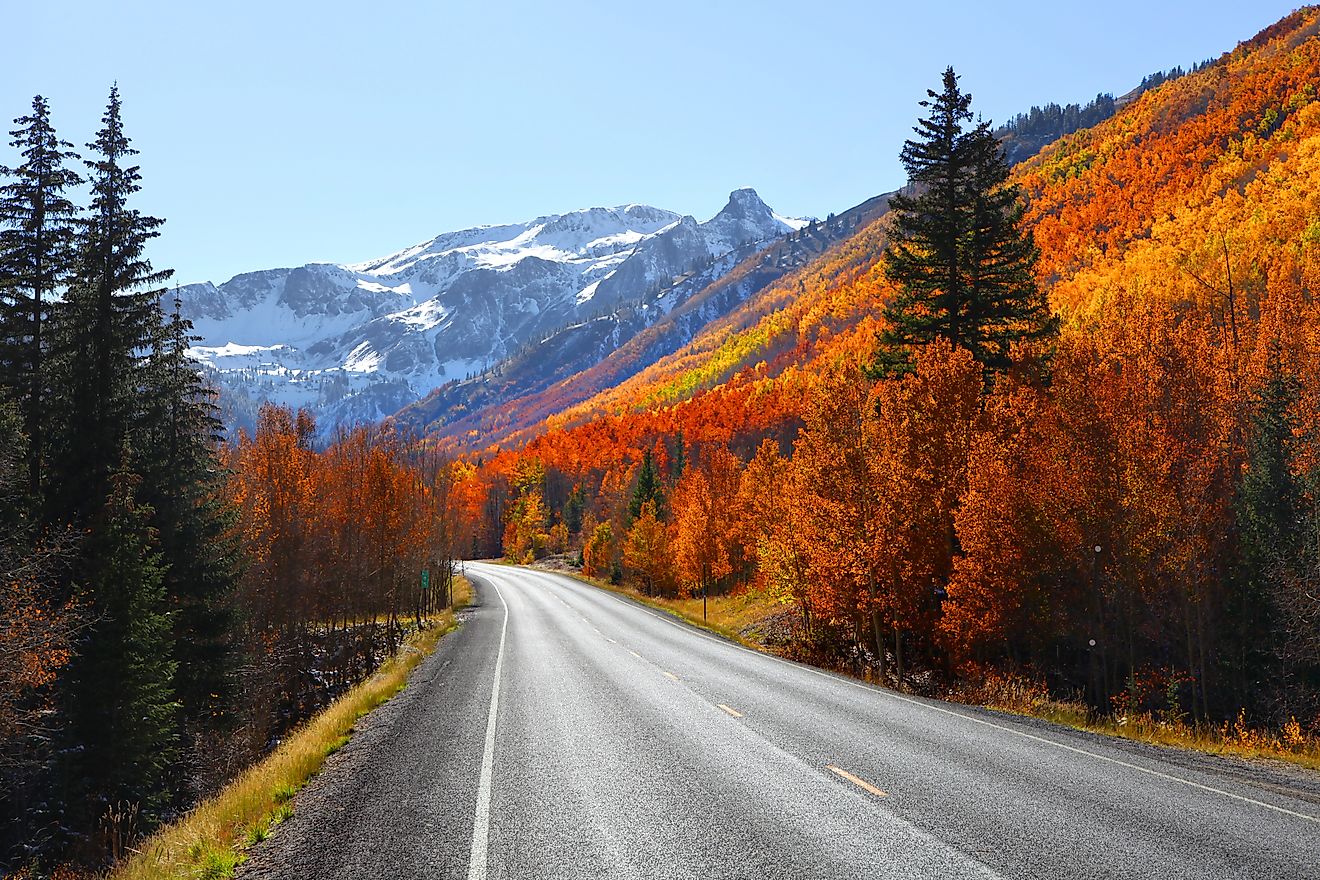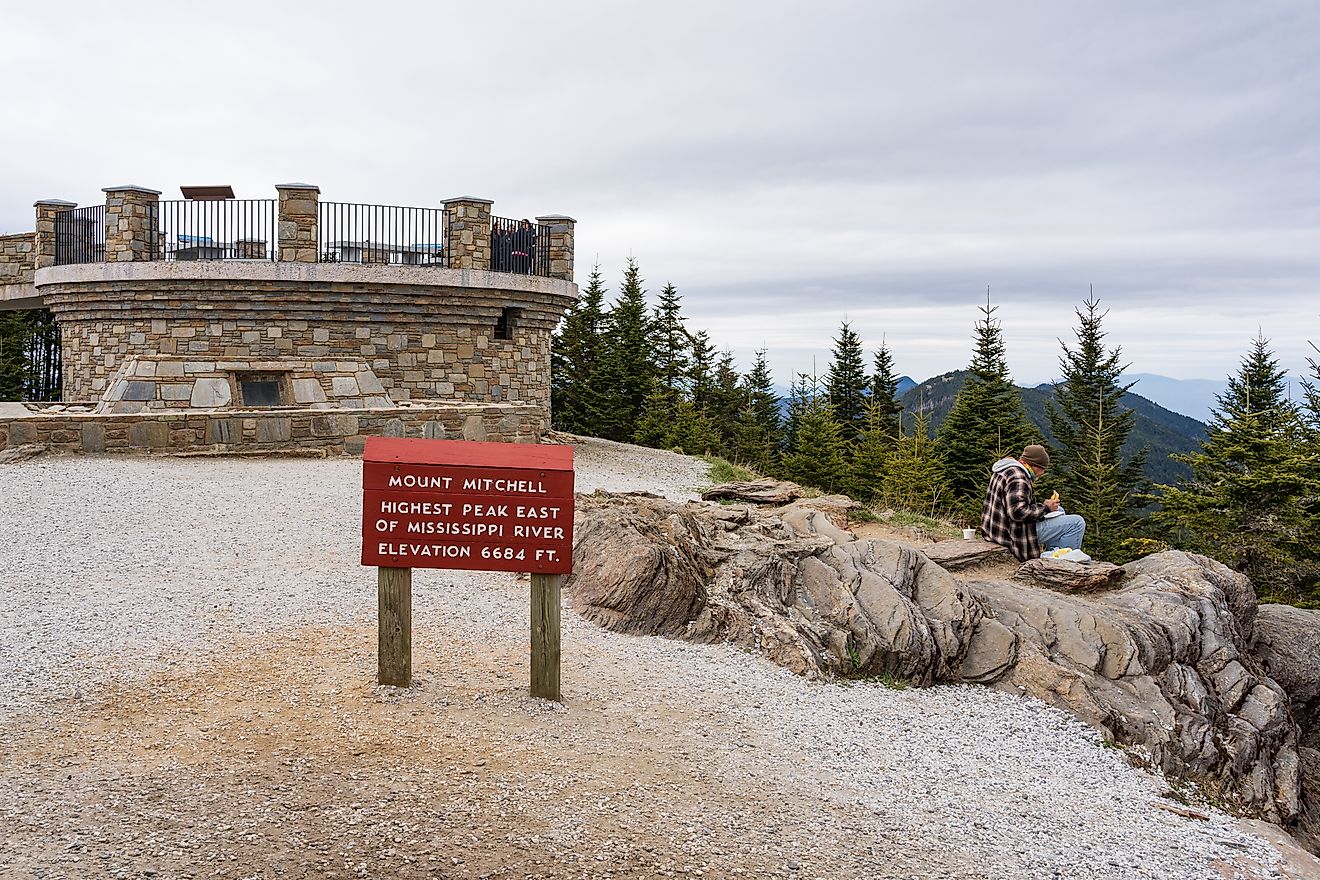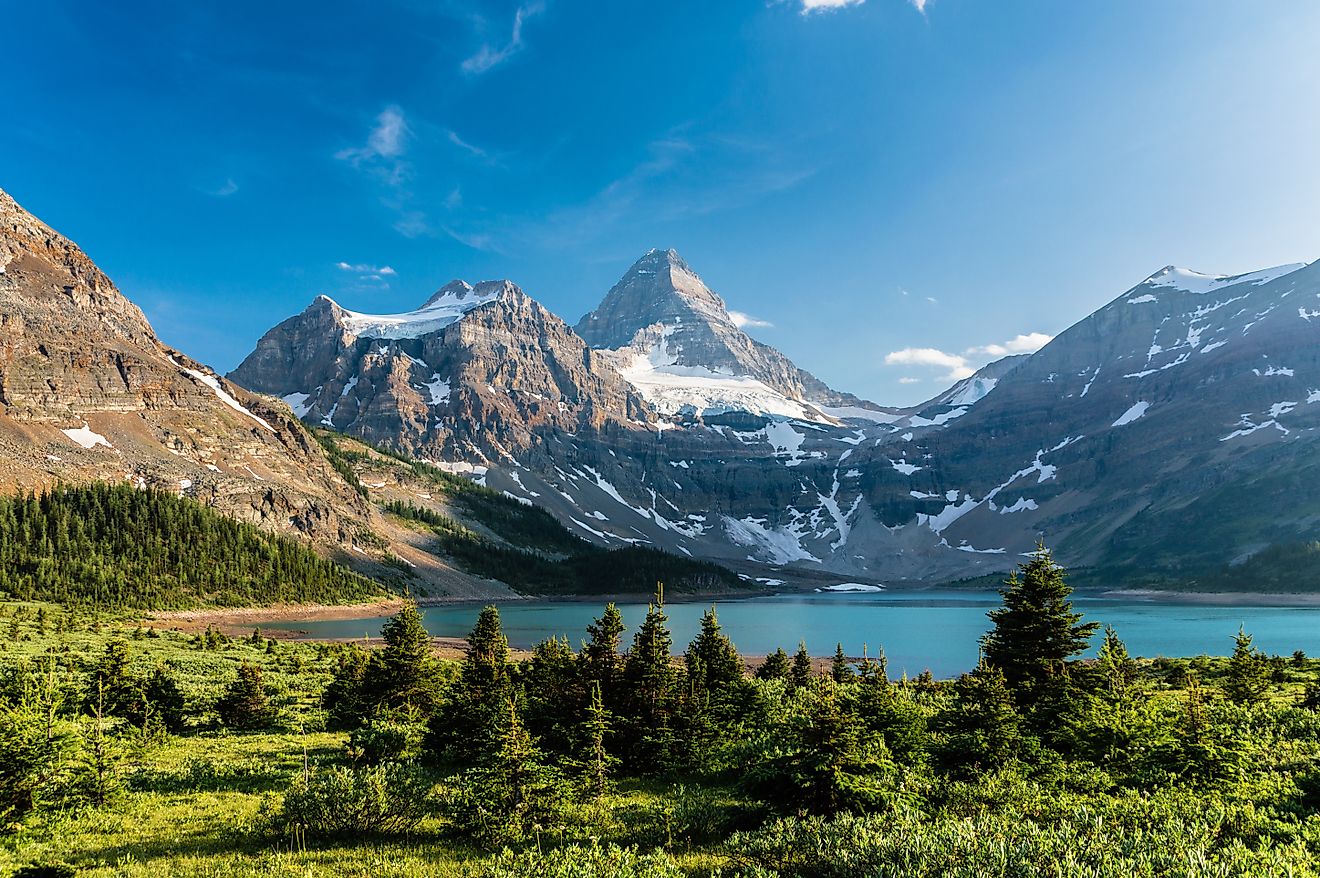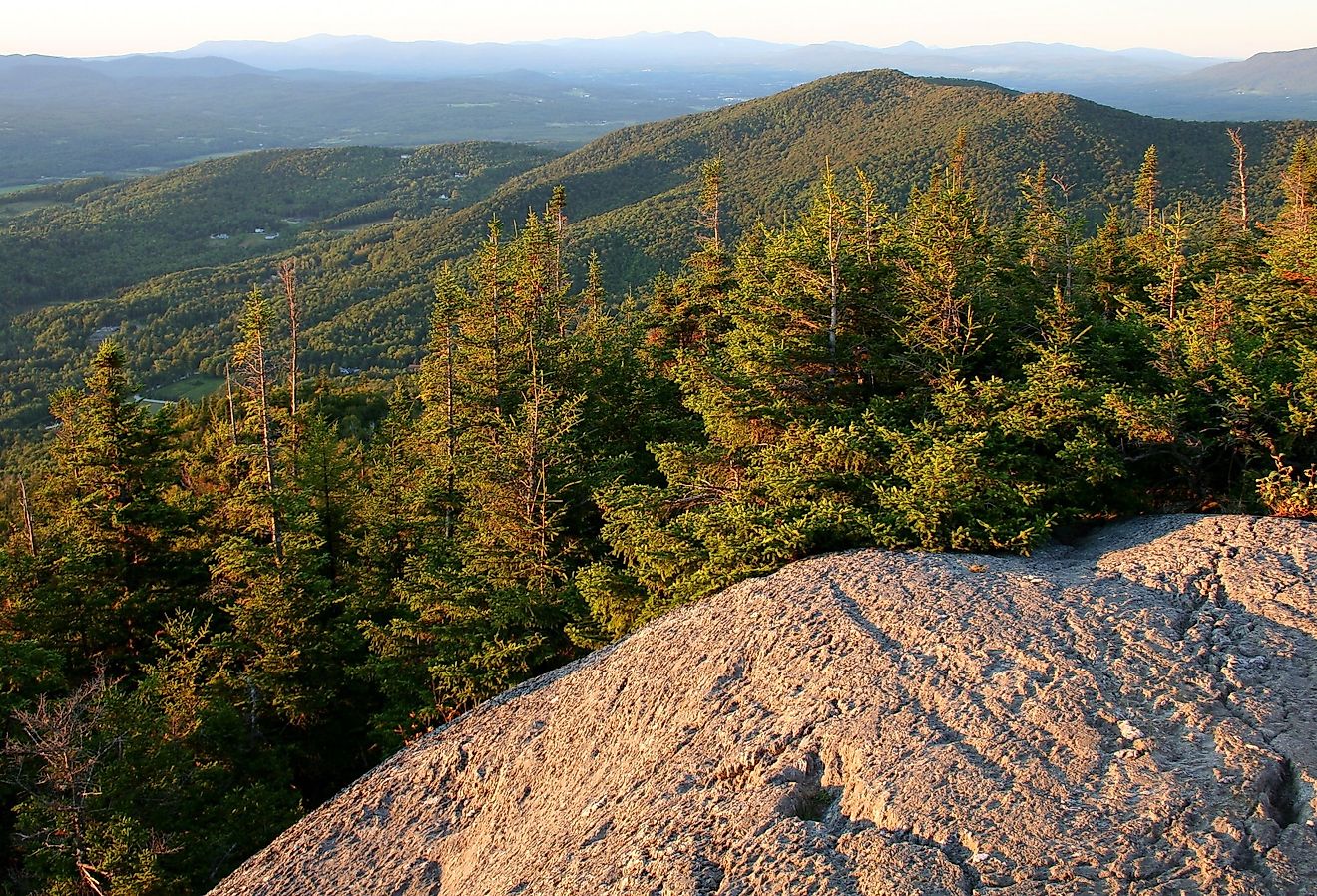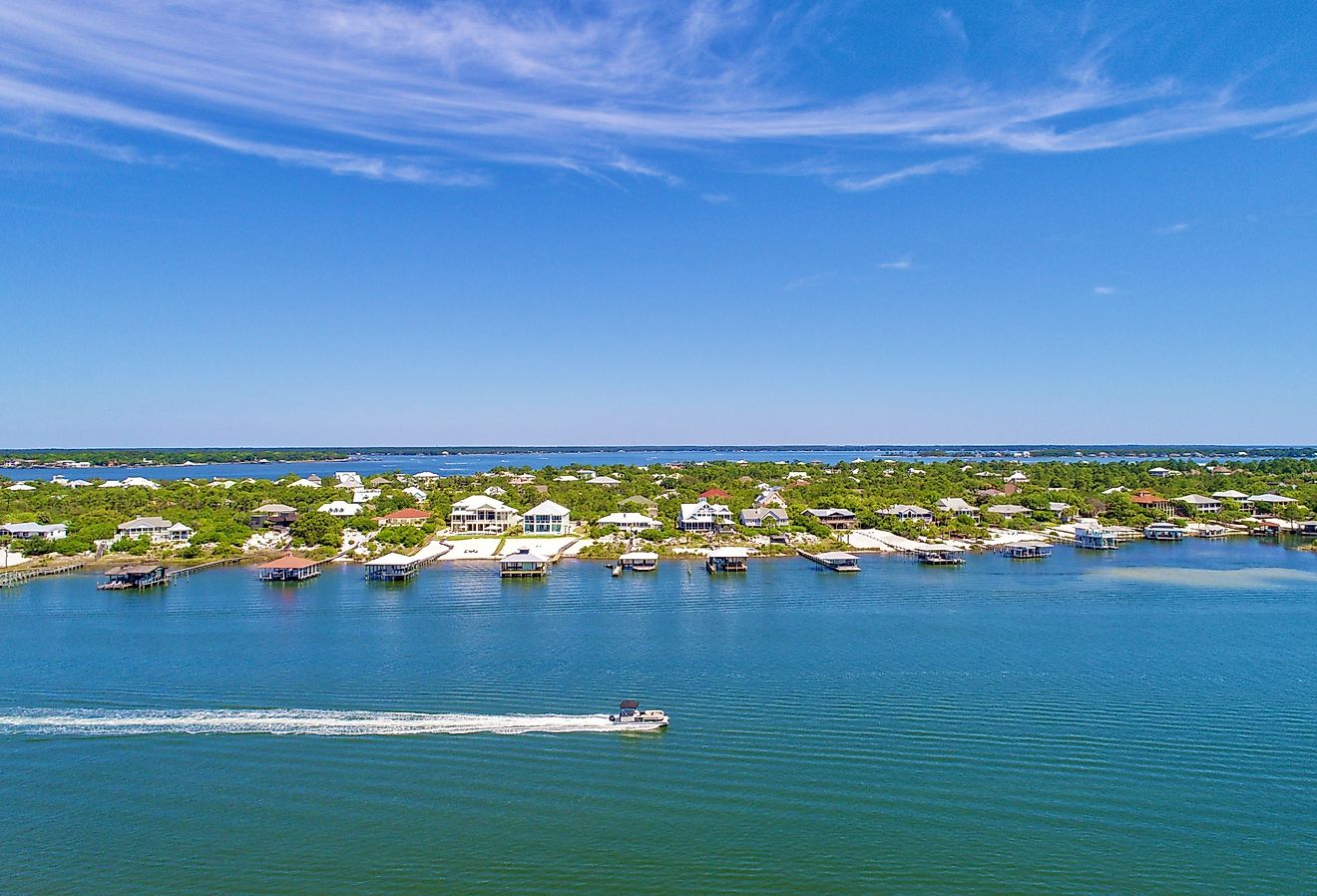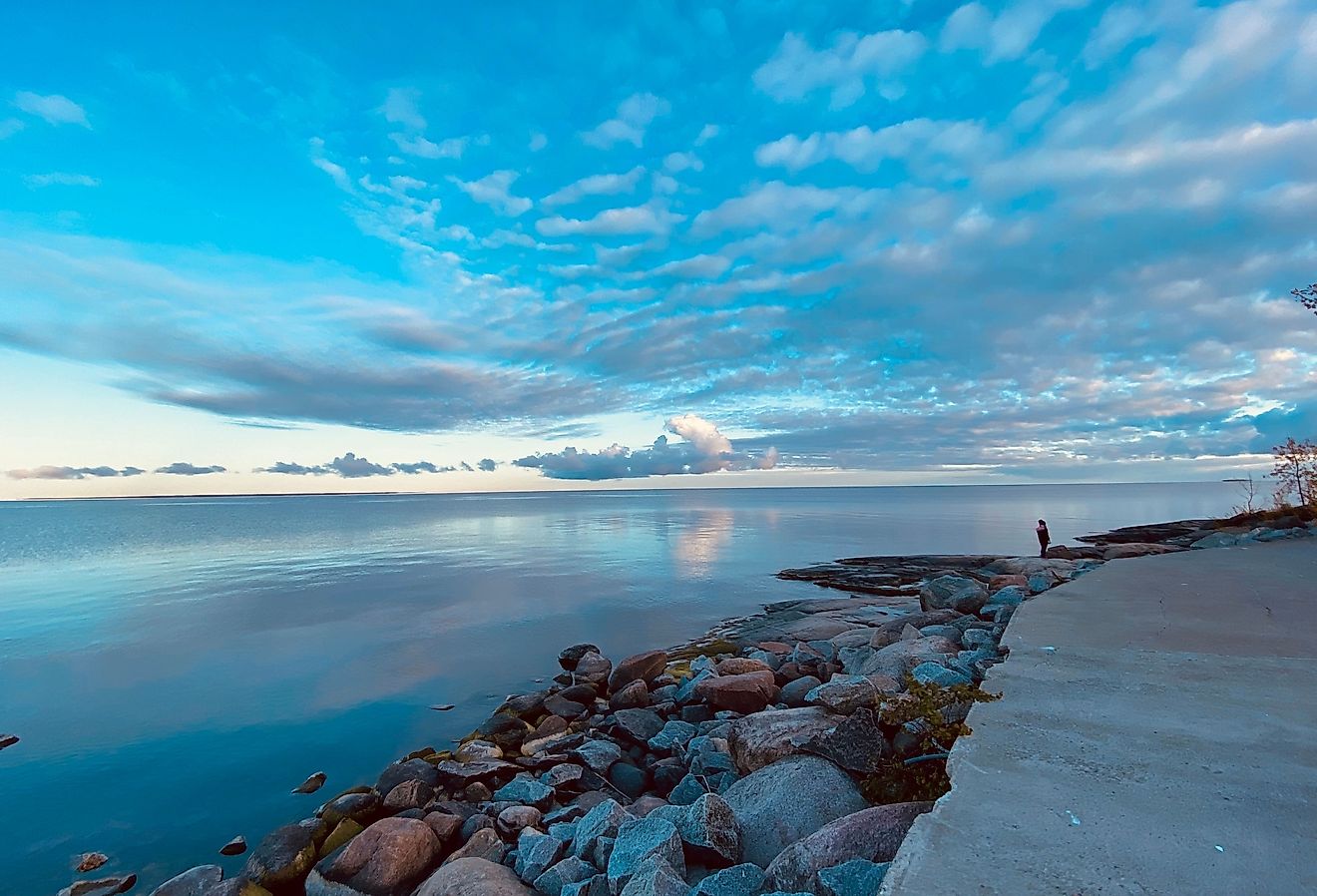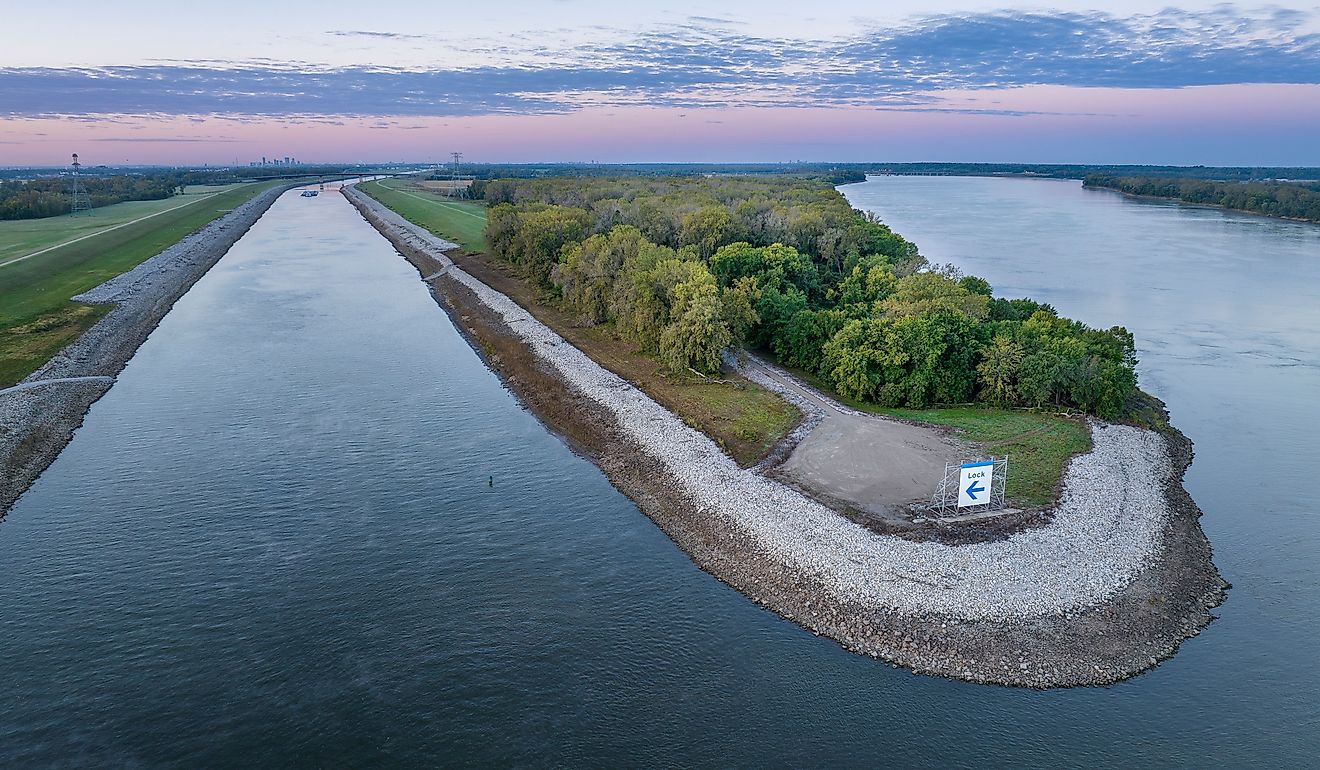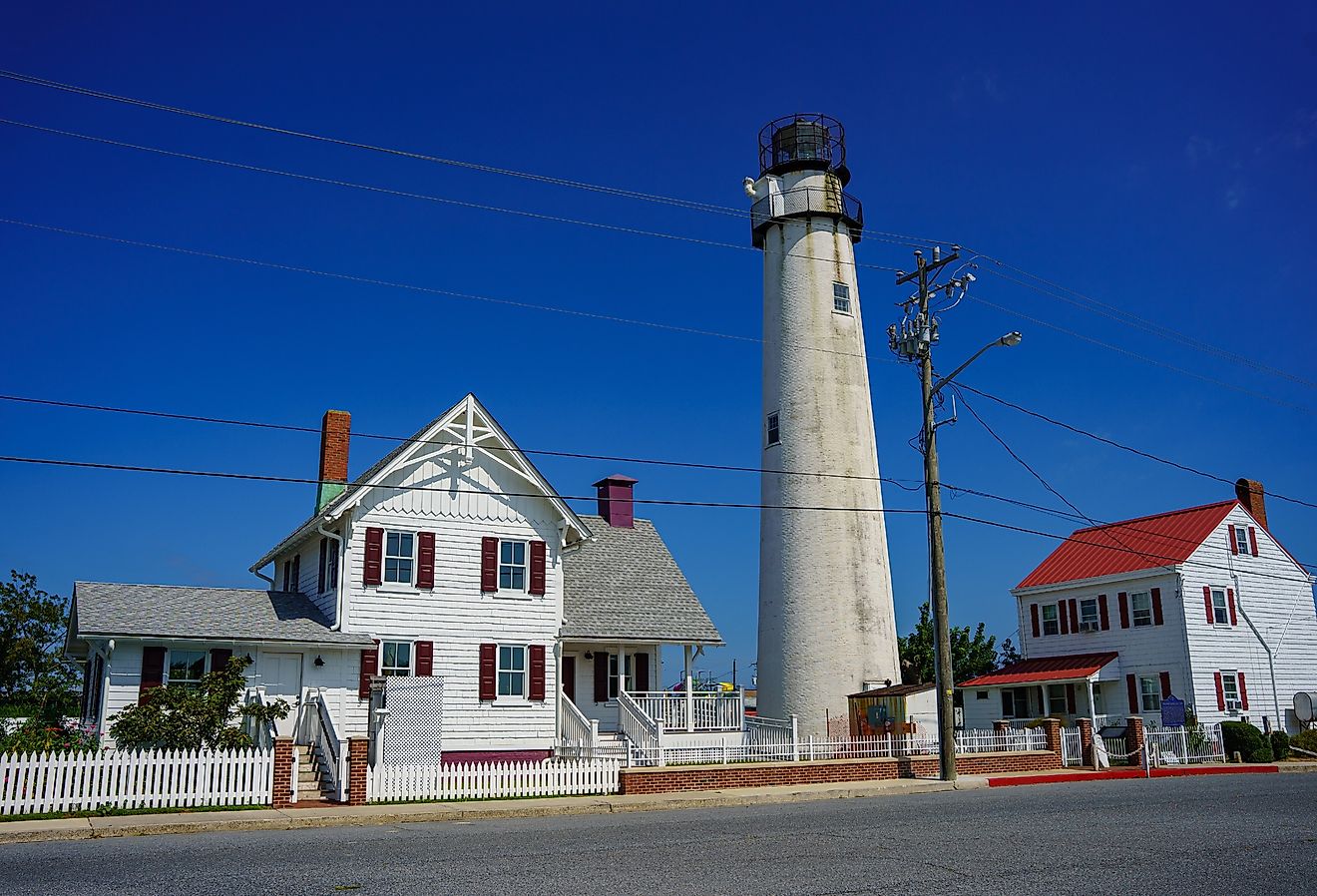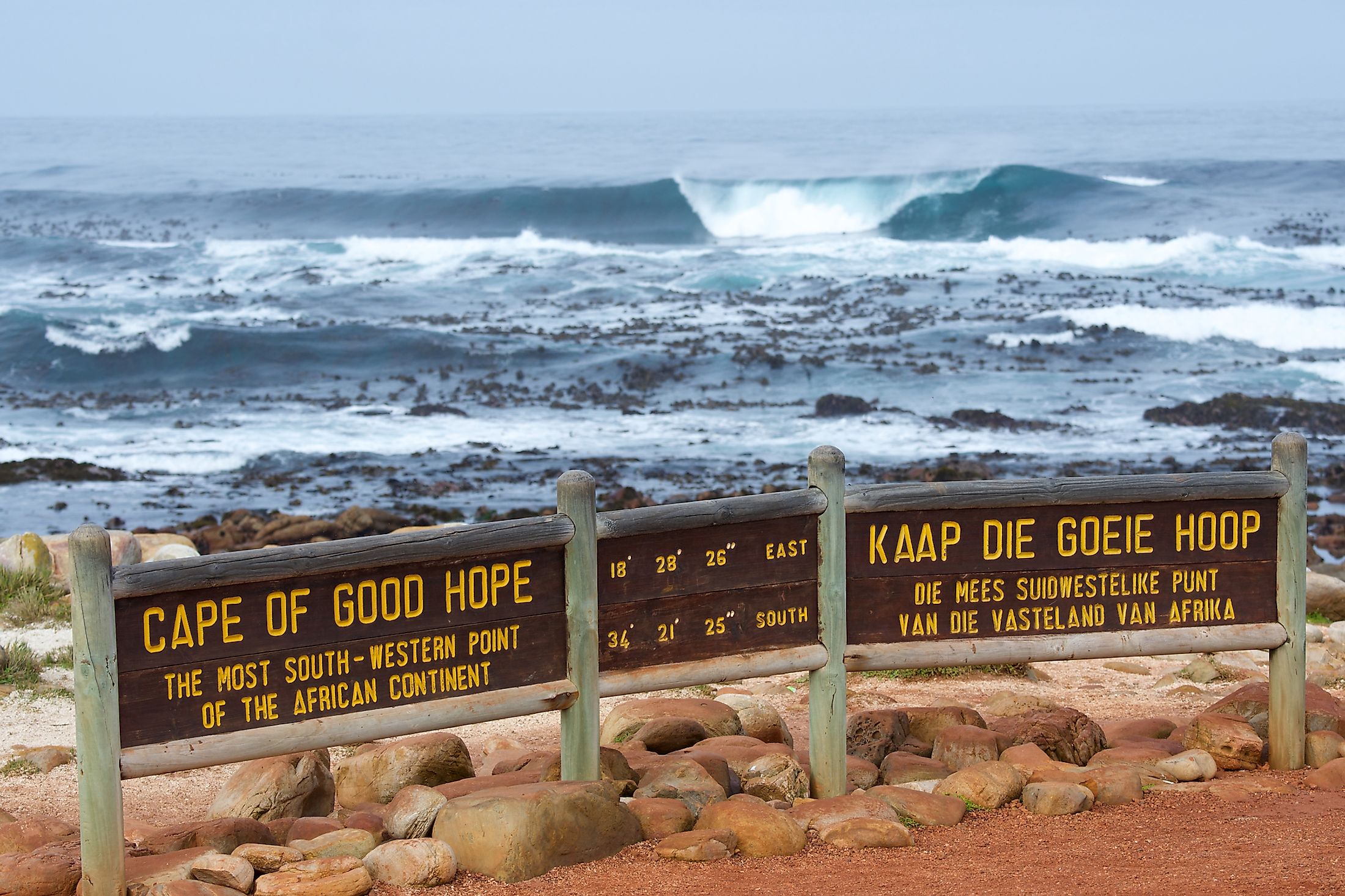
Cape Of Good Hope
The Cape of Good Hope is located along the south-western shore of South Africa, on the Cape Peninsula. This Peninsula is in the Atlantic ocean, and although an extremely southerly point, is not the most southern part of South Africa, despite many misconceptions to the contrary.
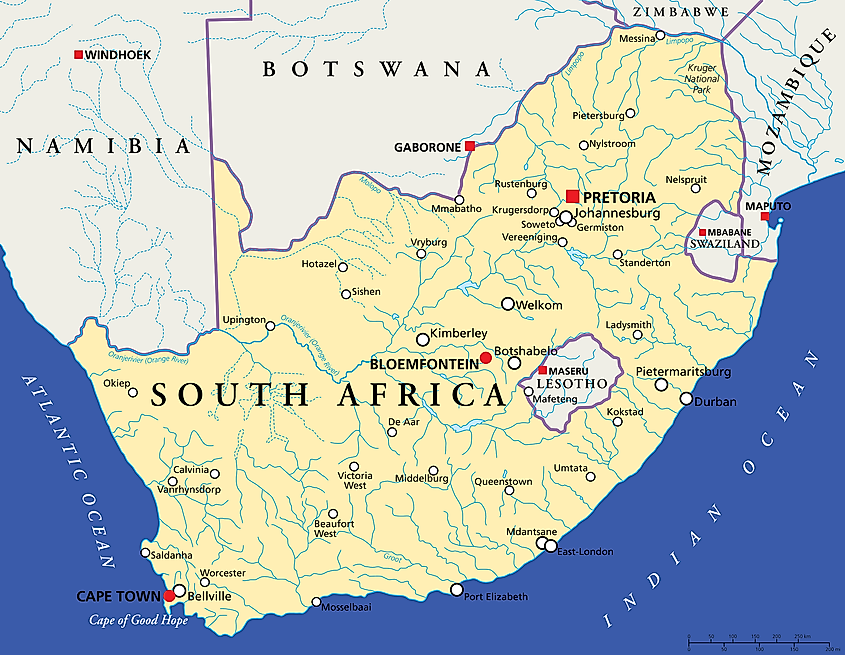
History
“The Cape” as it is often called, holds historical and near mythical significance to sailors, traders, and boaters. The first European explorer to round the cape was Portuguese mariner Bartolomeu Dias, and his travels through this passage opened the way for a sea route from Europe to Asia, which became a frequented route for other merchants and explorers. At this time, in the 1480s, the cape was known as the Cape of Storms. This was an intimidating, but accurate name as the area was treacherous for ships and sailors.
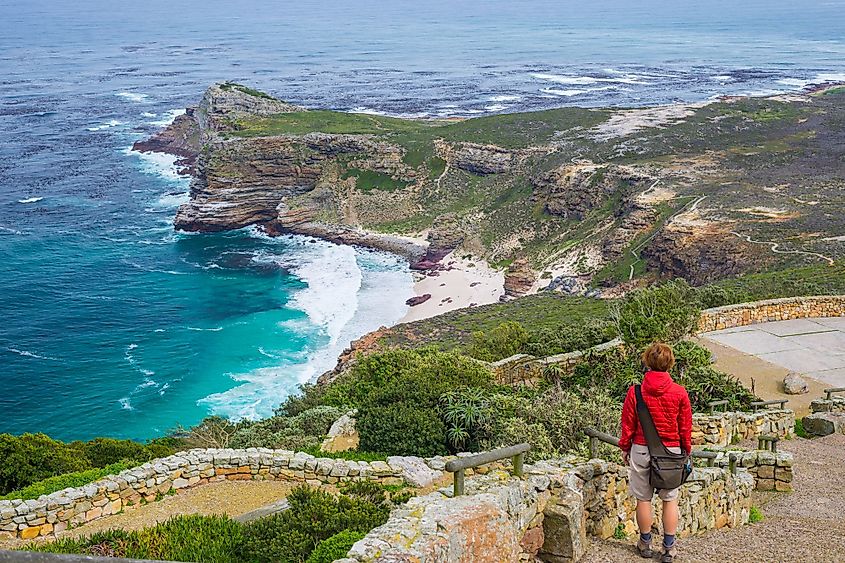
Strong currents collide from both the Atlantic and Indian Oceans, mixing their warm and cool temperatures forming often wavy and tumultuous conditions. Additionally, strong winds are common in False Bay, blowing in off the coast and further aggravating the conditions for travellers. Eventually the cape was renamed the Cape of Good Hope in order to put travellers more at ease and attract merchants to continue to use this passage. It did remain the main mode of travel for many years until the completion of the Suez Canal, a much simpler and shorter route, connecting the Mediterranean to the Red Sea, and thus eliminating the need to travel around the entirety of Africa when moving between Europe and Asia.
Parks and Protected Areas
The area around Cape of Good Hope, and large sections of the Cape Peninsula have been designated as National Parks or Reserves. Table Mountain National Park can be found on the peninsula, and so can Cape Point Nature Reserve.
Flora
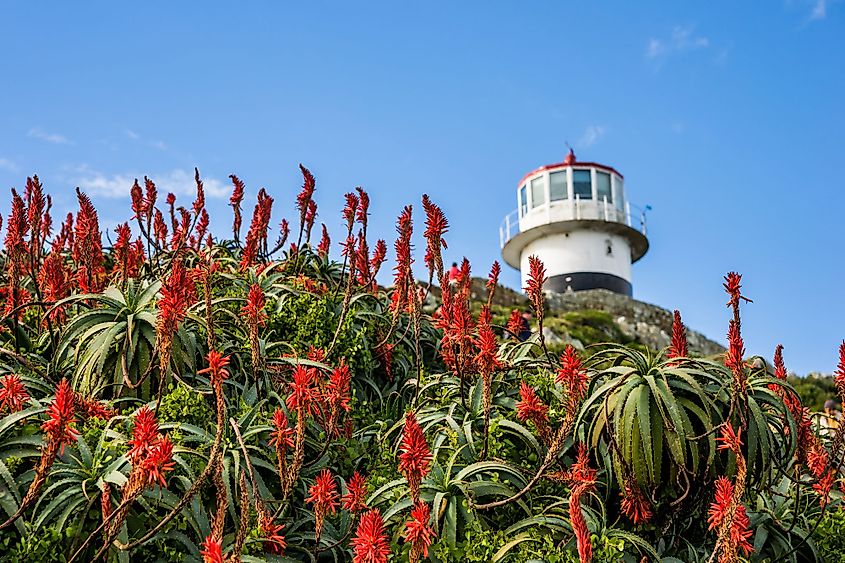
The Cape of Good Hope is an area rich in plant life. It is home to roughly 1100 species of native plants, and forms a part of the Cape Floristic Kingdom - the smallest of six floral kingdoms in the world. Some of these many plant species are indeed endemic to the area, including Peninsula Sandstone Fynbos, which is a type of flowering bush. Other fynbos in the area include heath, reeds as well as 24 different plants of the proteas family, such as sugarbush, tree pincushion and golden cone bush. Other local vegetation includes Hangklip Sand Fynbos and Cape Flats Dune Strandveld.
Fauna
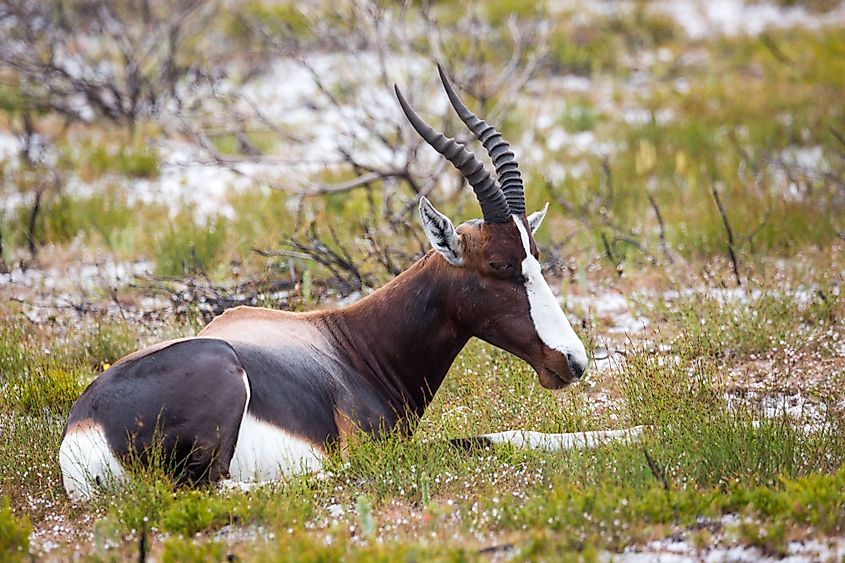
In addition to the many plants in the area, there are also a number of animals that reside here. Due to its coastal location, bird species are particularly prevalent, and there are some 250 species in the region. African penguins are abundant on the Cape of Good Hope, and make up one of only two mainland colonies. Smaller birds are also common, and even sunbirds and sugarbirds come to eat the sweet nectar from the flowering bush plants along the coastline. Grazing mammals also live in the plains and regions around the cape, including antelope, bontebok, eland and fallow deer, as well as red hartebeest. Grey rhebok can even be sometimes spotted, as well as Cape mountain zebra.
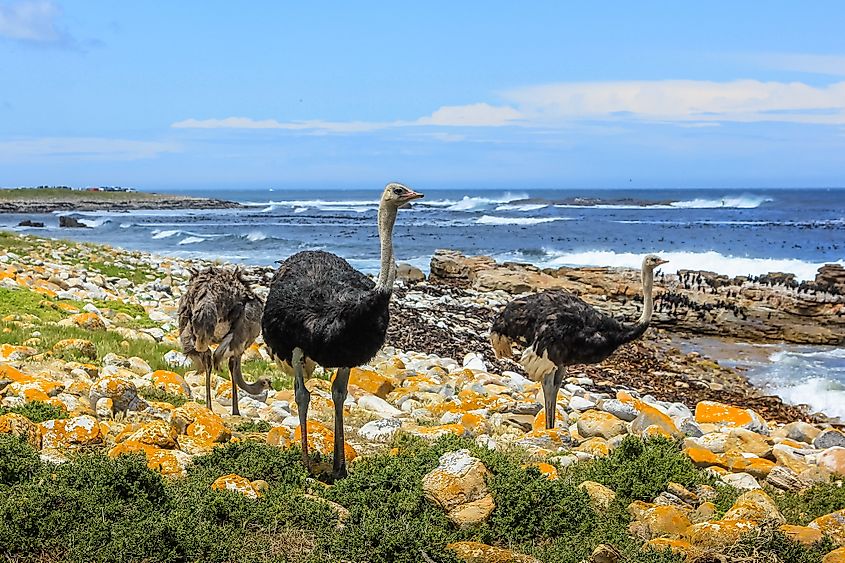
Smaller mammals include rock hyrax, four-striped grass mice, water mongoose, and Cape clawless otters. In addition to these species, the Cape of Good Hope is well known for its presence of Chacma baboons. Eleven troops of roughly 375 individual baboons live on the cape, mainly in the protected park areas. Offshore, southern right whales are common, especially in False Bay, as well as humpback whales and Bryde’s whales. Similarly, Seal and dusky dolphins also frequent these waters.
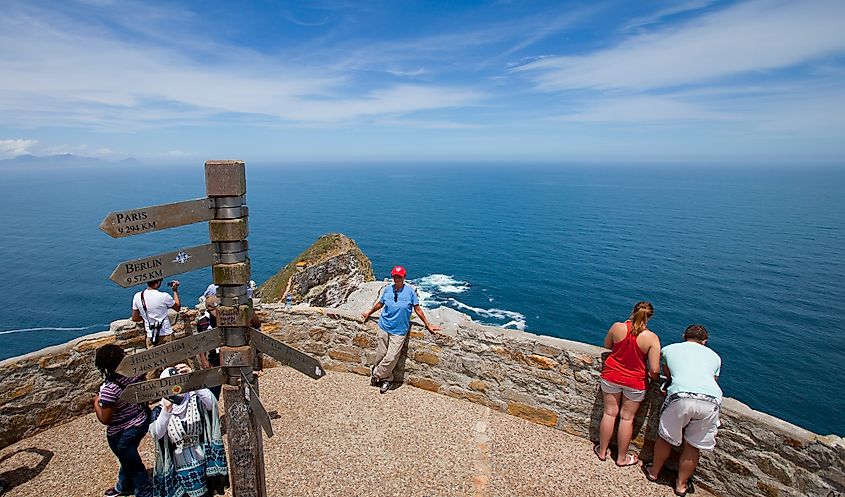
Long shrouded in myths and fears, the Cape today is a habitat for many plants and animals, and an important natural landmark along the coastline of South Africa. Though it is rarely used for the type of goods transportation and passage it once was, ships do still round its mighty point on their journey around the massive continent.
